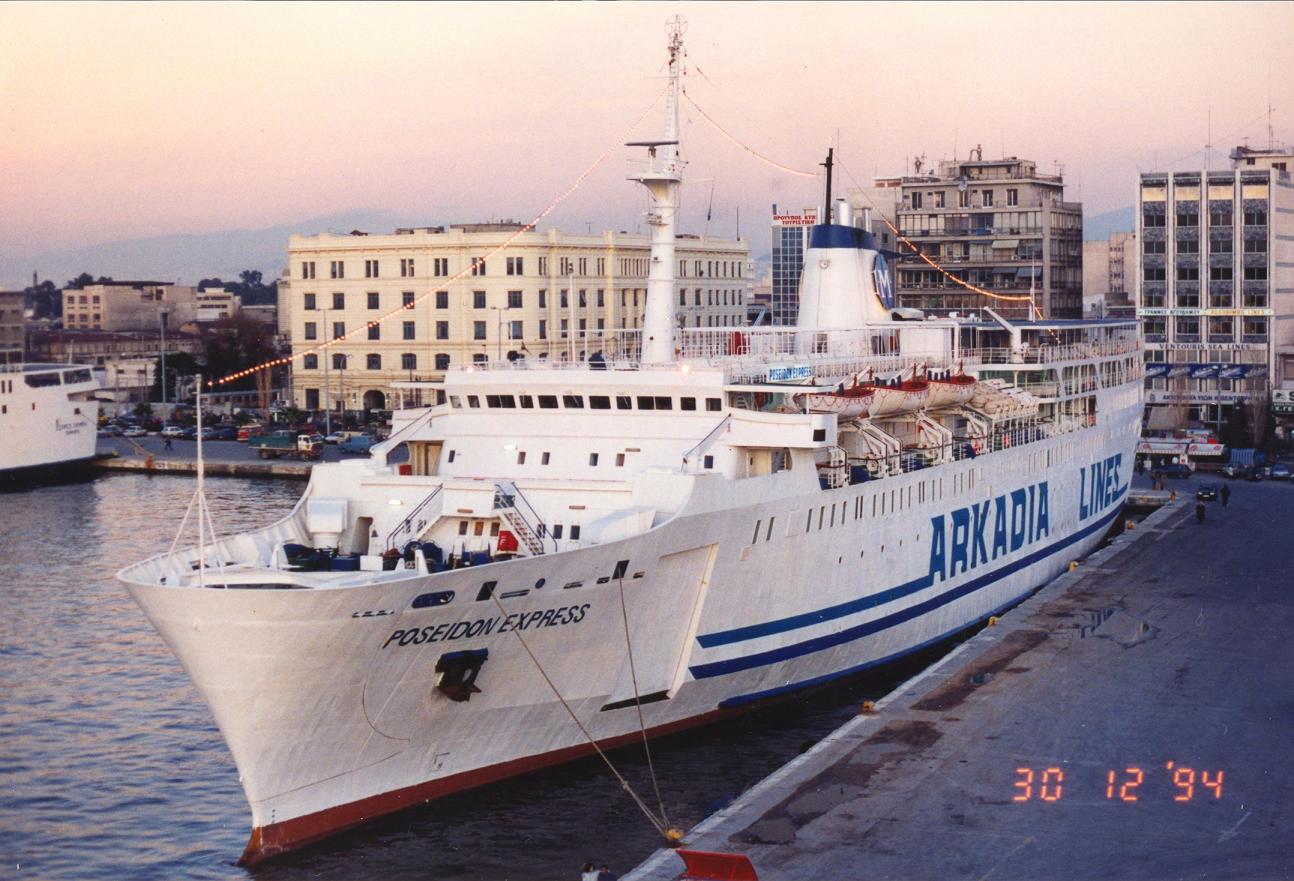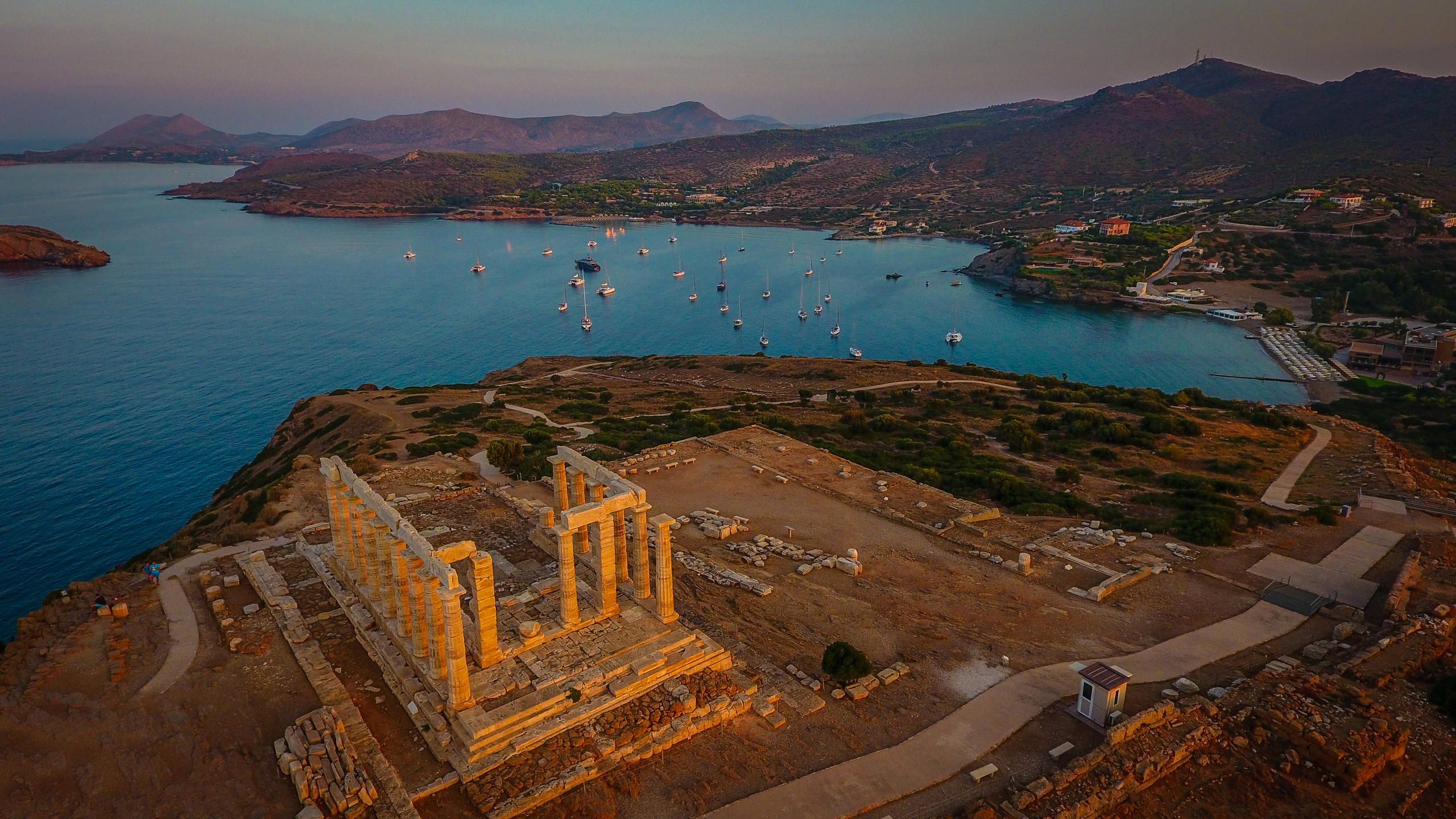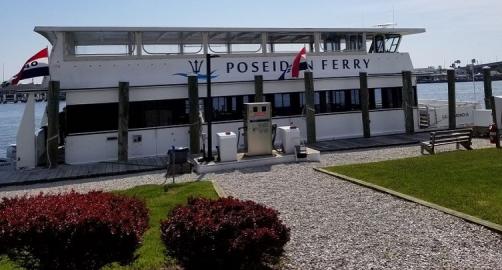
Silvia continues to tweak schedules to reflect demand. The Coconut Grove trip would probably run three times a day until it catches on.” But it looks like we can start service by the end of January. A deal to purchase a second ferry fell through when a survey revealed it was in considerably worse shape than advertise so we are still actively looking. The ferry service is coordinating well with land transport options for example, the Miami Beach trolley service picks up passengers a block down Alton Road from Poseidon’s docking site on West Avenue. Silvia said, “and we have good partners in Freebees, so there are plenty of ways to get to wherever you want to go. “There’s immediate access to the trolley system,” Mr. With the help of Irene Hegedus, the county’s chief of transportation enhancement, the company is working on a docking agreement at Dinner Key Marina, just behind City Hall. That is a big advantage.As passenger counts on Poseidon Ferry’s Miami-Miami Beach route, now at about 120-150 riders a day, continue to rise, CEO Johnathan Silvia is looking ahead to adding service to Coconut Grove in January.


The modular system design allows the operator to use the same parts and components in different vessels, and all components can be monitored and serviced remotely. Up to 200kW propulsive power is enough to operate most inland passenger vessels. Axel Büchling, manager of project sales for Torqeedo, concluded, “The technology is ready. The companies suggest that electrification of vessels in inner-city waterways with Deep Blue can be accomplished very cost-effectively because speeds are often limited and the vessels are typically in use for 8-14 hours per day, which leaves plenty of time for overnight charging.
#Poseidon ferry professional
Using these and commercial parameters to design the unit, combined with the seawater-resistant (hard) anodized high-tensile aluminum, a lightweight and professional azimuth thruster is created.” This makes electrification as easy and safe as possible for the shipyard and the fleet operator,” explained Phillip Goethe, director of project sales at Torqeedo.Īccording to Marwin Fernhout, sales engineer at Poseidon Propulsion, “The gearwheels are Klingelnberg spiral bevel gears for low noise levels, and the aluminum propeller is a highly skewed, five-blade unit for optimum performance. Our focus is to keep the total cost of ownership low by offering a solution on a system level, including design-in, service, maintenance and remote diagnostics. “There are many commercial applications that can be electrified very economically. The new ferry is scheduled to start operations in August 2021. The sun-powered 14.65m-long ferry can transport up to 20 people and 15 bicycles per trip at a cruising speed of 8km/h, with a maximum speed of 14km/h. Ostseestaal subsidiary Ampereship is building an ES-TRIN-certified solar-electric passenger ferry that will travel between the mainland town of Kamp and the island of Usedom in northern Germany. The first project utilizing the Deep Blue thruster is already underway. The electrohydraulic steering system was developed by FS Schiffstechnik in Duisburg, Germany, an established supplier of electrical and hydraulic systems for commercial shipping for over 25 years. A DNV-GL type-approved battery variant is also available for offshore applications. These high-capacity batteries, with technology from BMWi, meet IEC 62619 and IEC 62620 requirements, making them suitable for use in inland vessels according to ES-TRIN (European Standard laying down Technical Requirements for Inland Navigation vessels) requirements. The system is powered by Deep Blue lithium-ion batteries with a battery bank capacity of 80kWh to 1MWh. The companies note that two drives are a typical configuration for the average 80 to 200-passenger vessel, but up to four may be installed. The thruster delivers continuous power of 50kW and peak power of 65kW and can rotate up to 360°. Poseidon’s thruster has been integrated into one of Torqeedo’s Deep Blue drives.

Electric marine propulsion specialist Torqeedo and thruster manufacturer Poseidon have jointly developed a fully electric, steerable thruster system designed to provide up to 65kW of emission-free power and directional thrust, targeting applications on Europe’s inland waterways.


 0 kommentar(er)
0 kommentar(er)
